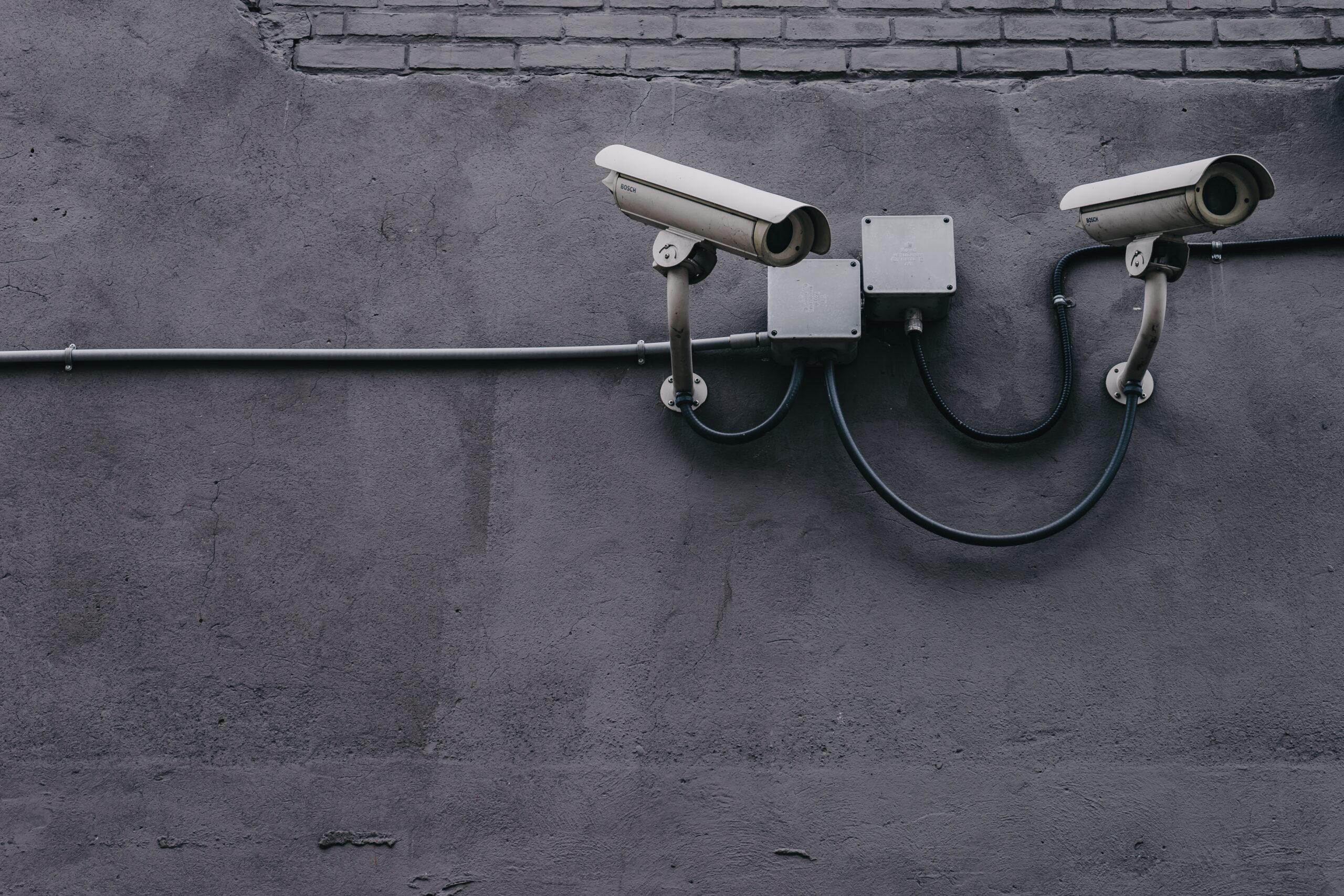
Your home is your haven, and it should be a place where you feel safe and protected. In this fast-paced world, it’s easy to overlook potential hazards that can compromise your security. But fear not, because we’ve got you covered with a treasure trove of easy and clever ideas to safeguard your home.
From simple DIY solutions to cutting-edge technology, we’ll show you how to fortify your fortress without breaking the bank. Whether you’re a first-time homeowner or a seasoned pro, you’ll find practical tips and expert advice that will help you sleep soundly at night. So, let’s dive in and discover how to turn your home into a safe haven where you can relax, unwind, and create lasting memories with peace of mind.
Importance of Home Safety
Ensuring the safety of your home is of paramount importance. Your home is not just a place where you eat, sleep, and spend time with your loved ones; it’s also where you store your valuables and keep your personal information. Without proper safety measures in place, you risk becoming a victim of accidents, burglaries, or even natural disasters. Taking the time to implement home safety measures can save you from potential harm and provide you with peace of mind.
Common Home Safety Hazards
Before we delve into the solutions, it’s important to be aware of the common home safety hazards. By understanding these risks, you can take proactive steps to mitigate them. Some of the most prevalent hazards include:
- Tripping Hazards: Loose rugs, cluttered walkways, and uneven flooring can lead to trips and falls, especially for young children and the elderly. Keeping your home tidy and ensuring proper lighting can help prevent these accidents.
- Fire Hazards: Electrical malfunctions, unattended candles, and cooking mishaps are common causes of house fires. It’s crucial to have functioning smoke detectors, fire extinguishers, and an evacuation plan in place to protect your home and loved ones.
- Burglaries: Unlocked doors, windows, or inadequate security systems can make your home an easy target for burglars. Understanding the vulnerabilities of your home and taking steps to enhance security is essential in preventing break-ins.
- Carbon Monoxide Poisoning: Faulty gas appliances, such as heaters and water heaters, can emit deadly carbon monoxide gas. Installing carbon monoxide detectors and ensuring proper ventilation can prevent this silent killer.
Now that we’re aware of the hazards, let’s explore some easy and affordable home safety tips to protect your sanctuary.
Easy and Affordable Home Safety Tips
- Install Smoke Detectors: Smoke detectors are a crucial first line of defense against fires. Install them in every bedroom, hallway, and living area of your home. Test them regularly and replace the batteries at least once a year.
- Secure Windows and Doors: Reinforce entry points by installing deadbolts, security bars, or smart locks. Ensure that all windows and doors have sturdy locks. Consider installing motion sensor lights near entrances to deter burglars.
- Improve Lighting: Adequate lighting both inside and outside your home is essential to deter potential intruders and prevent accidents. Install motion sensor lights in your yard and use energy-efficient bulbs indoors.
- Create a Home Security Routine: Develop a habit of locking doors and windows before leaving or going to bed. Set reminders or use smart home technology to automate this routine.
- Maintain Your Yard: Overgrown shrubs and trees can provide hiding spots for burglars. Keep your yard well-maintained and trim back any foliage that obstructs visibility.
- Secure Your Wi-Fi: Protect your home network by setting a strong password and enabling encryption. Regularly update your router’s firmware to ensure it has the latest security features.
Now that we’ve covered some easy and affordable home safety tips, let’s explore some clever ideas to safeguard your home.
Clever Ideas to Safeguard Your Home
- Smart Home Security Systems: Invest in a smart home security system that allows you to monitor your home remotely. These systems often include features like video doorbells, indoor/outdoor cameras, and smartphone notifications.
- Smart Locks: Upgrade your traditional locks to smart locks that can be controlled remotely. You can grant temporary access codes to guests or service providers and receive notifications when someone enters or leaves your home.
- Video Surveillance: Install security cameras in strategic locations around your property to monitor activity. Visible cameras act as a deterrent, while hidden cameras can capture evidence in case of a break-in.
- Safes: Keep different kinds of safes in your home to ward against burglaries. This can include a larger fireproof safe or a small diversion safe.
- Window and Glass Protection: Reinforce your windows and glass doors with security film or laminated glass to make it more difficult for intruders to break in.
- Secure Your Garage: Don’t overlook the security of your garage, as it’s often an entry point for burglars. Install a garage door sensor, reinforce the door, and keep it locked at all times.
- Smart Smoke Detectors: Upgrade your smoke detectors to smart devices that can send alerts to your phone when smoke or carbon monoxide is detected. Some models even integrate with home automation systems.
Now that we’ve covered clever ideas to safeguard your home, let’s explore specific safety measures for when you have children.
Childproofing Your Home
When you have little ones running around, childproofing your home becomes a top priority. Here are some essential childproofing measures:
- Install Safety Gates: Use safety gates at the top and bottom of stairs and in doorways to prevent falls.
- Secure Furniture: Anchor heavy furniture, such as bookshelves and dressers, to the wall to prevent tip-overs.
- Cover Electrical Outlets: Use outlet covers or safety plugs to prevent children from sticking their fingers or objects into electrical sockets.
- Secure Cabinets and Drawers: Install childproof locks on cabinets and drawers that contain hazardous items, such as cleaning products or sharp objects.
- Window Cord Safety: Keep window cords out of reach of children or use cordless blinds to eliminate the risk of strangulation.
Taking these childproofing measures will help create a safe environment for your little ones to explore and play.
Fire Safety Measures
Fires can be devastating, but with the right precautions, you can minimize the risks. Here are some fire safety measures to implement:
- Have Fire Extinguishers: Keep fire extinguishers in the kitchen, garage, and other areas prone to fires. Learn how to use them properly and have them inspected regularly.
- Create an Escape Plan: Develop an escape plan with your family, including a designated meeting point outside your home. Practice fire drills regularly, especially if you have children.
- Invest in Fireproof Safes: Protect your important documents, valuable possessions, and sentimental items by storing them in fireproof safes.
- Avoid Overloading Electrical Outlets: Overloading electrical outlets can cause fires. Be mindful of how many devices you plug into a single outlet and use surge protectors when necessary.
By implementing these fire safety measures, you’ll be better prepared to handle any potential fire emergencies.
Securing Your Home Against Burglaries
Burglaries can leave you feeling violated and unsafe in your own home. Here are some additional measures to secure your home against burglaries:
- Neighborhood Watch: Join or start a neighborhood watch program to keep an eye out for suspicious activities and collaborate with neighbors to enhance security.
- Home Security Signs: Display home security signs and stickers, even if you don’t have a security system. The mere presence of these signs can deter potential burglars.
- Get to Know Your Neighbors: Building strong relationships with your neighbors creates a sense of community and encourages everyone to look out for one another.
- Secure Sliding Doors: Place a metal rod or a block of wood in the track of sliding doors to prevent them from being forced open.
- Timed Lights: Use timers to turn on lights and electronics when you’re away to create the illusion that someone is home.
By implementing these additional security measures, you’ll significantly reduce the risk of burglaries and make your home less appealing to potential thieves.
Creating an Emergency Preparedness Plan
Being prepared for emergencies is crucial for your safety and the safety of your loved ones. Here are some steps to create an emergency preparedness plan:
- Identify Emergency Exits: Familiarize yourself with all possible exits in your home and establish a meeting point outside.
- Prepare an Emergency Kit: Assemble an emergency kit with essentials such as food, water, first aid supplies, flashlights, and batteries.
- Stay Informed: Sign up for emergency alerts and keep a battery-powered or hand-crank radio to receive updates during power outages.
- Know Your Evacuation Routes: Research and map out evacuation routes in your area, especially if you live in an area prone to natural disasters.
- Practice Emergency Drills: Regularly practice emergency drills with your family, including scenarios like fires, earthquakes, or severe weather events.
Having an emergency preparedness plan in place will ensure that you and your loved ones can respond effectively in times of crisis.
Home Safety Gadgets and Technologies
Advancements in technology have paved the way for innovative home safety gadgets and devices. Here are some examples:
- Smart Doorbell: A smart doorbell with a built-in camera allows you to see and communicate with visitors remotely through your smartphone.
- Smart Sensors: Smart sensors can detect water leaks, temperature changes, and even intruders, sending alerts to your phone.
- Smart Thermostat: A smart thermostat can help you monitor and control your home’s temperature remotely, saving energy and ensuring comfort.
- Home Automation Systems: Home automation systems allow you to control various aspects of your home, such as lighting, security cameras, and door locks, from a single device.
- Smart Smoke and Carbon Monoxide Detectors: These advanced detectors can send alerts to your phone when smoke or carbon monoxide is detected, enhancing your home’s safety.
These gadgets and technologies can provide an extra layer of protection and convenience, giving you peace of mind even when you’re away from home.
Conclusion
Congratulations! You’ve now armed yourself with easy and clever ideas to safeguard your sanctuary. By implementing the tips and measures outlined in this guide, you can create a secure and peaceful home for you and your loved ones. Remember, home safety is an ongoing process, so continue to stay vigilant and adapt to any changes in your environment. With the right precautions in place, you can enjoy the comfort and peace of mind that comes with a safe and secure home.


